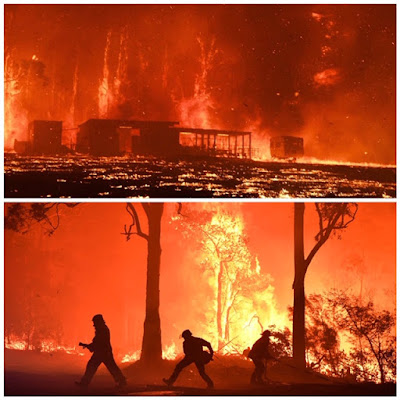Meet Ove, a curmudgeon who has staunch principles, strict routines and a very short fuse.
The neighbour from hell?
Perhaps but behind that cranky exterior there is a story of sadness.
A Man Called Ove is translated from Swedish and is a story that ranges between morbid and hilarious...many times laughing out loud hilarious.
For Ove rules are made to be followed and signs are meant to be obeyed. And don’t get him started about computers and mobile phones.
He has been this way his whole life, but has become worse in the last four years since his wife, Sonia, died. He has decided life without her is not worth living and has plans to join her.
But his suicide goes on hold as he is forced to help solve numerous neighborly crises both large and small.
Please read this feel good book!!!!!!!
Monsieur Perdu owns a floating bookstore on a barge on the River Seine in Paris.
He prescribes novels for the hardships of life. He considers himself a literary apothecary recommending the exact book readers need to mend their broken hearts and souls.
But still haunted by heartbreak after his great love disappeared leaving him with only a letter, which he has never opened, he can’t seem to heal himself through literature.
Forced by a attractive divorcee newly resident across the hall to finally read the letter, he is devastated by its contents.
Accompanied by a bestselling but blocked author and a lovelorn Italian chef, he ups anchor and departs on a mission to Provence in the south of France, travelling along the country’s rivers. He hopes to come to terms with his loss and discover the end of the letter's story.
This is a tale of inter personal relationships combined with a travelogue of France full of quirky characters and stereotypical Frenchness.
I liked reading it to start with then found I was getting a bit annoyed with the somewhat prissy hero and wished he would grow a pair. I was glad when the 'adventure' was over as it meandered to its inevitable happy ending.
The Little Paris Bookshop is a best seller so maybe you have to be in the right frame of mind to enjoy all of the journey.
A couple of years ago I reviewed Flowers in the Snow a story about the racial divide in the USA south during the 1960s.
Kiss in the Wind is the follow up second book in what appears to be a series of four.
This book continues where the last one left off. That was a bit of a cliffhanger begging for a sequel.
The whole world thought one of the main characters had died on the night of the KKK attack.
Of course he didn't and, 40 years on, he returns to the scene of his 'death' with the need to come to terms with the pain of that day.
For that reason I found the ending a bit of an anticlimax.
I would not recommend reading this one without having read the first of the series.
Confusion might reign.
But I don't think I will be reading any more of the Edenville series.


































